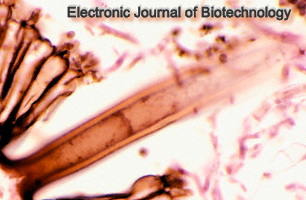Abstract
Cracks often occur when nano-hydroxyapatite bone scaffolds are fabricated with selective laser sintering, which affect the performance of scaffolds. In this study, a small amount of poly (l-lactide acid) (PLLA) was added into nano-hydroxyapatite (nano-HAP) powder by mechanical blending in order to improve the sintering properties. The nano-HAP powder combined with 1wt % PLLA was sintered under different laser power (5W, 7.5W, 10W, 12.5W, 15W and 20W). The fabricated scaffolds were characterized using Scanning Electron Microscope (SEM), X-ray Diffraction (XRD), Fourier transform infrared spectroscopy (FT-IR) and Micro Hardness Tester. The results showed that nano-HAP particles grew up quickly with the laser power increasing, and there were many strip-like cracks on the surface of sintering zone. The cracks gradually reduced until disappeared when the laser power increased to 15W, together with a great improvement of density. Large pores were observed on the specimen when the laser power further increases, accompanied with the decomposition of HAP into β-tricalcium phosphate (β-TCP) and tetracalcium phosphate (TTCP). And the optimum parameters were eventually obtained with laser power of 15W, scanning speed of 1000 mm/min, powder bed temperature of 150ºC, laser spot diameter of 2 mm and layer thickness of 0.2 mm. We summarized that the molten PLLA enhanced the particle rearrangement of nano-HAP by capillary force and may absorb thermal stress in laser sintering process, while PLLA would be oxidized gradually until completely excluded from the sintered nano-HAP scaffolds, which was confirmed by FTIR analysis. This study provides a novel method to improve the sintering properties of nano-HAP with no adverse effects which would be used in the application of bone tissue engineering potentially.Upon acceptance of an article by the journal, authors will be asked to transfer the copyright to Electronic Journal of Biotechnology, which is committed to maintain the electronic access to the journal and to administer a policy of fair control and ensure the widest possible dissemination of the information. The author can use the article for academic purposes, stating clearly the following: "Published in Electronic Journal of Biotechnology at DOI:10.2225/volXX-issueX-fulltext-XX".
The Copyright Transfer Agreement must be submitted as a signed scanned copy to biotec@ucv.cl. All authors must send a copy of this document.
